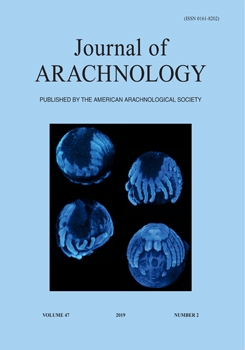Stable between-group variation in collective behavior has been observed in a variety of taxa. We examine here whether climate of origin (arid/wet), colony personality composition (shy/bold/mixed), and group size determine the repeatability of collective foraging behavior in Stegodyphus dumicola Pocock, 1898 (Eresidae). Experimental colonies were created with contrasting ratios of bold/shy group members and run through 20 simulated prey capture events in a greenhouse. We found that (i) larger colonies and colonies composed of bold spiders were more repeatable in how many attackers they deployed to prey stimuli, (ii) colonies composed of shy spiders were more repeatable in their latency of attack, and (iii) climate of origin had no effect on the repeatability of colony behavior. Colony bold/shy composition had no effect on within-group variation in foraging behavior. Thus, differences in repeatability were the result of increases in between-group differences in foraging behavior, and not shifts in the behavioral flexibility of individual colonies. These results indicate that changes to colony composition and group size can alter the extent to which colonies exhibit characteristic behavioral differences.
How to translate text using browser tools
16 September 2019
Repeatability of between-group differences in collective foraging is shaped by group composition in social spiders
James L.L. Lichtenstein,
Colin M. Wright,
Jonathan N. Pruitt
ACCESS THE FULL ARTICLE

The Journal of Arachnology
Vol. 47 • No. 2
August 2019
Vol. 47 • No. 2
August 2019
behavioral consistency
behavioral syndromes
collective personality
temperament




